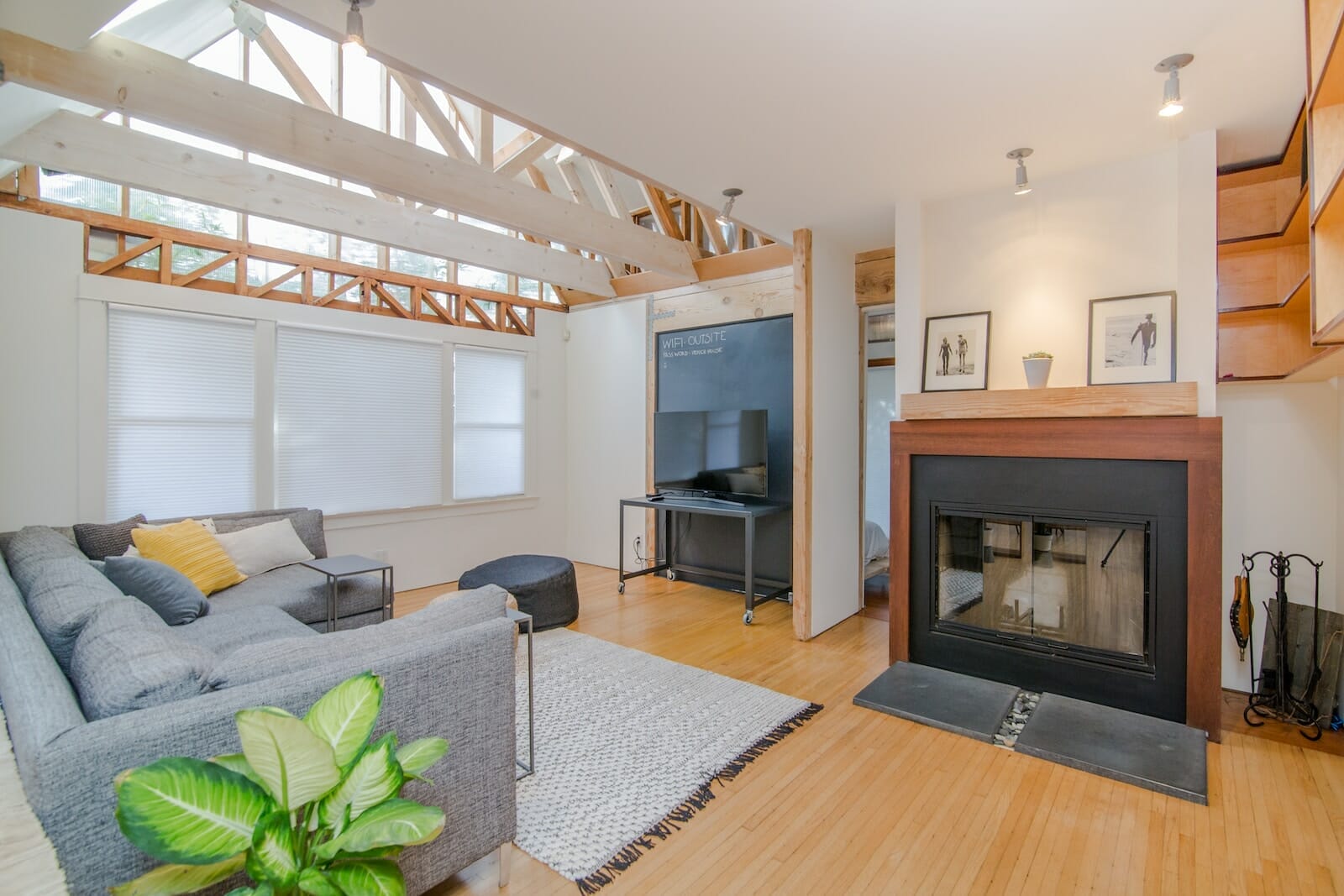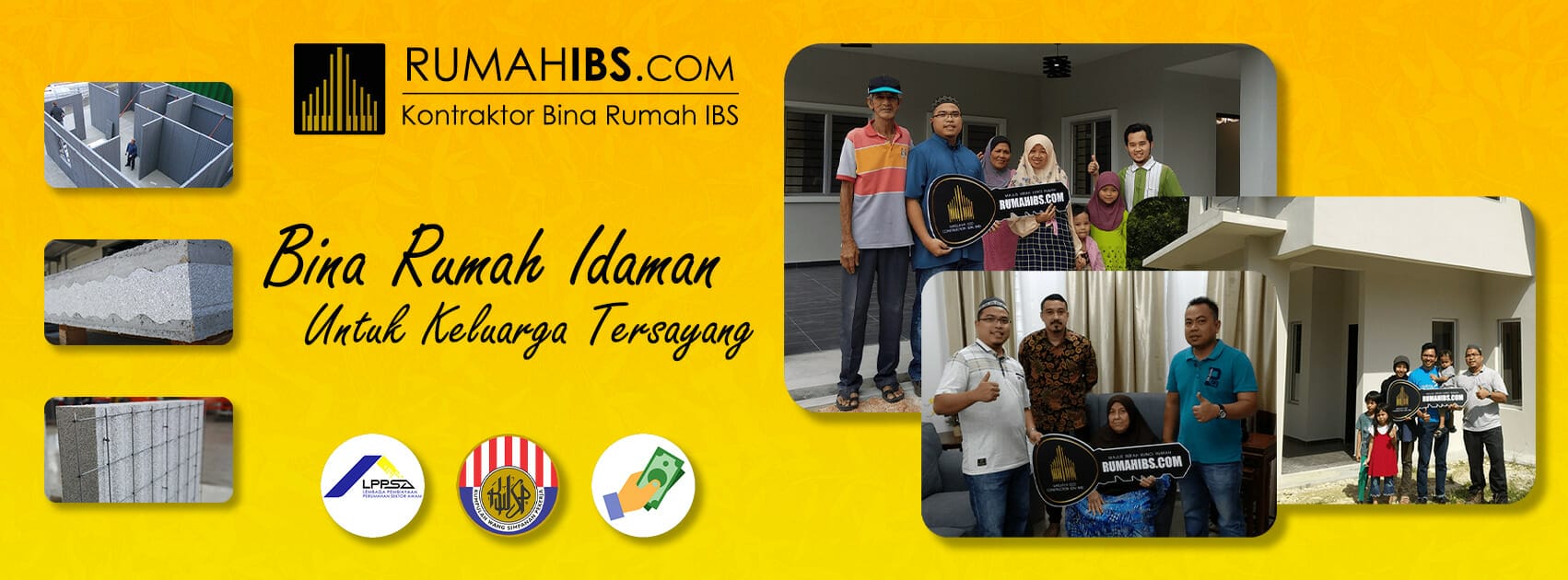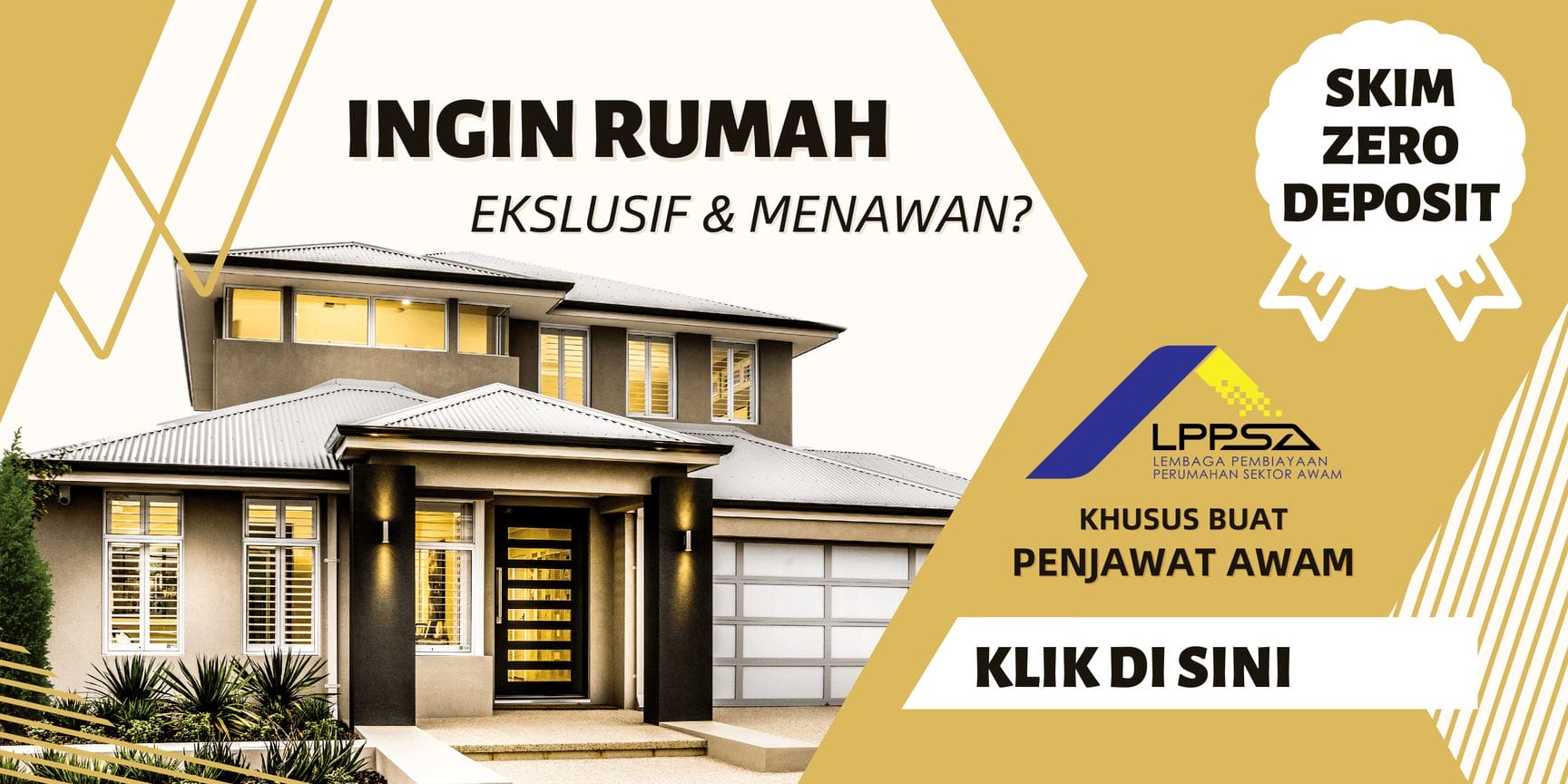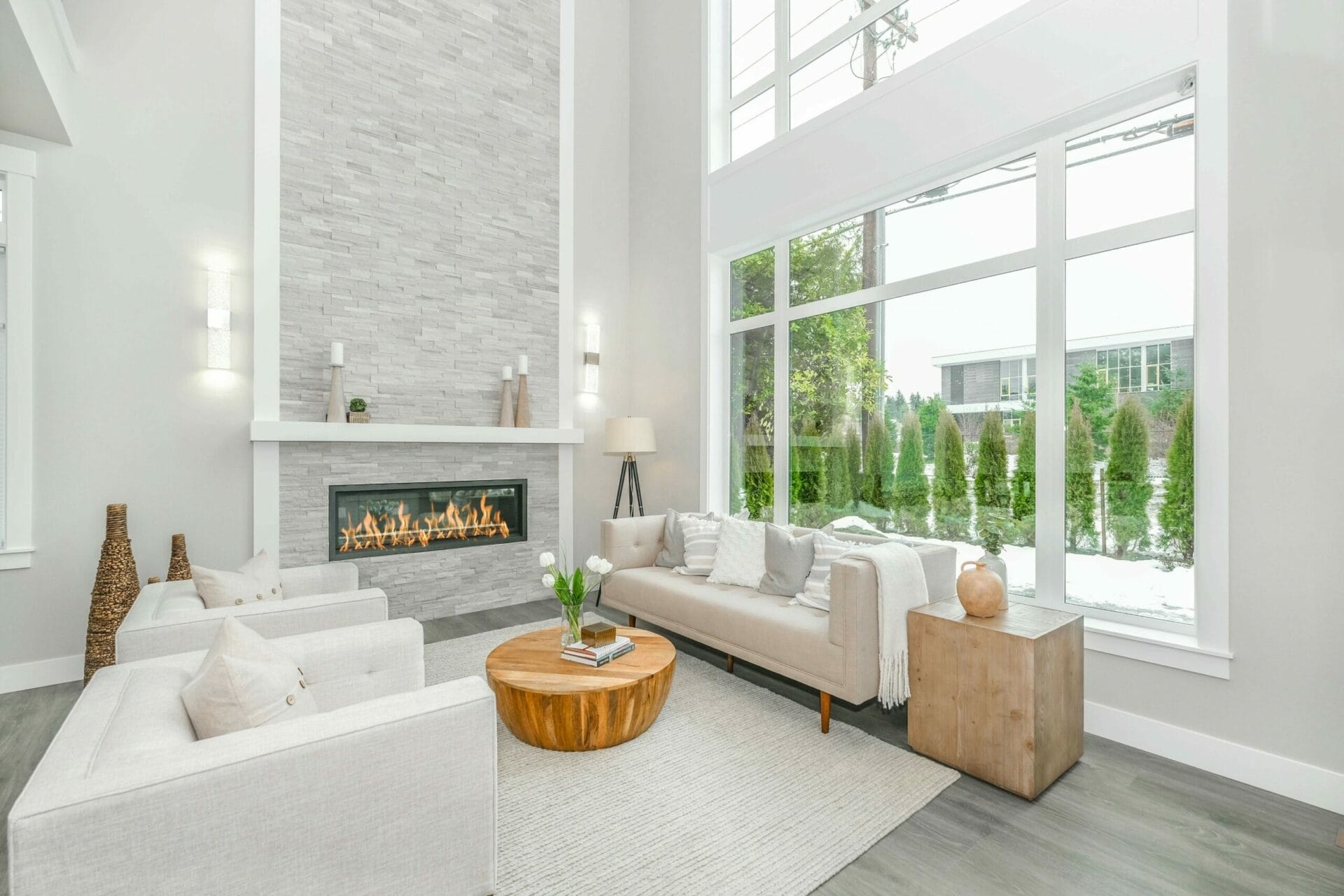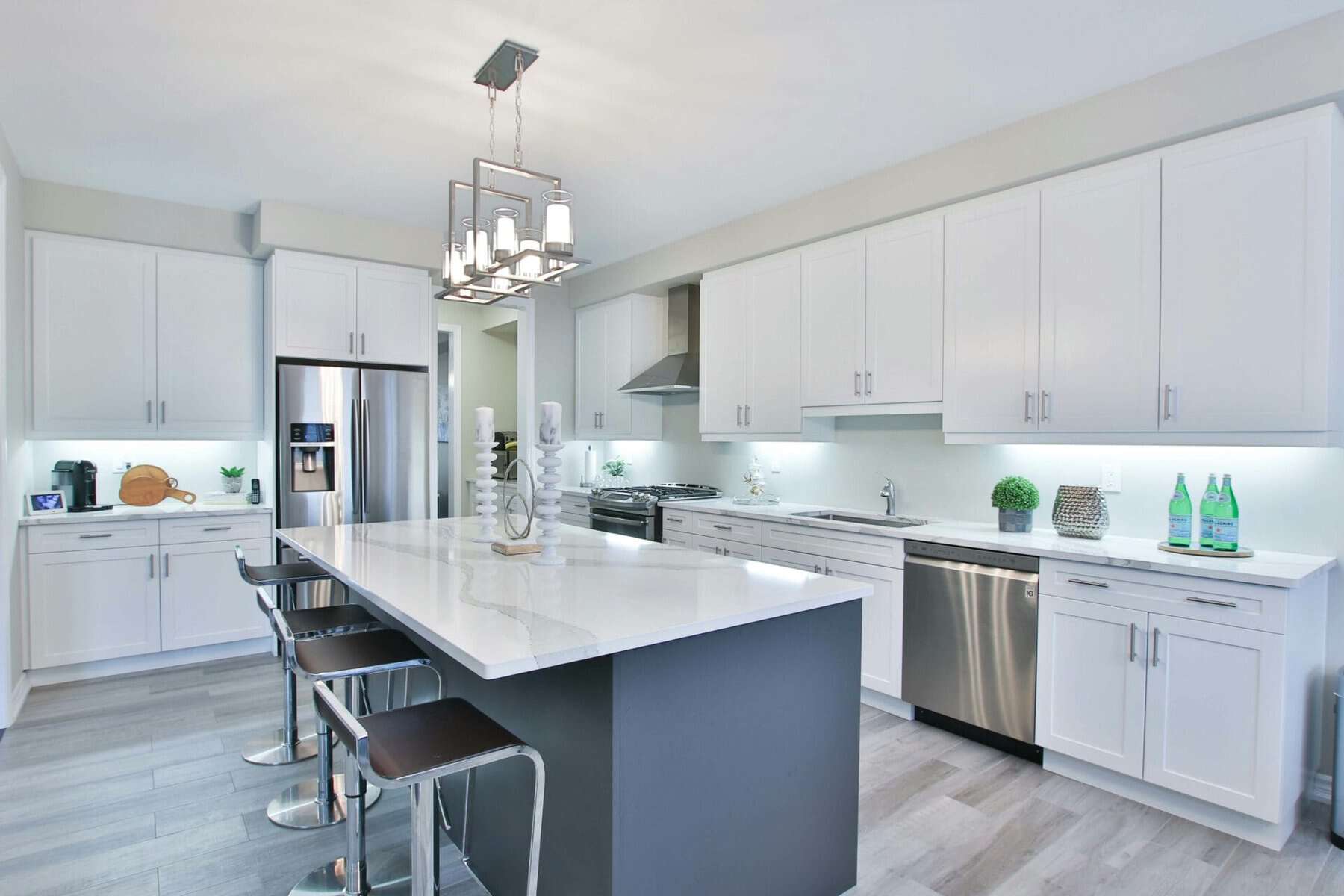Building Faster and Smarter with IBS Construction in Malaysia
- What is IBS construction and how does it work?
- What are the benefits of using IBS construction?
- What are the challenges or limitations of IBS construction?
- How does IBS construction help build faster compared to conventional methods?
- How does IBS improve quality and precision in construction?
- What are some examples of successful IBS projects in Malaysia?
- What building materials are used in IBS construction?
- What skills are required for designing, prefabricating and assembling IBS components?
- How does IBS construction reduce waste, labor and risks?
- How can IBS construction be made more sustainable and eco-friendly?
What is IBS construction and how does it work?
IBS, short for Industrialised Building System, is a construction technique whereby components are manufactured in a controlled environment, either on or off site, and then transported, positioned and assembled into a structure with minimal additional site work.
Unlike conventional construction where everything is built on-site in a more labor-intensive process, IBS utilises prefabrication, mass production and off-site construction to improve efficiency, quality and speed. The key steps in IBS construction are:
- Design – The building is designed by architects and engineers, often using Building Information Modeling (BIM) software. The structural elements like beams, columns, slabs etc. are designed for modular coordination to allow easy assembly.
- Manufacturing – The building components like walls, floors, stairs, bathrooms etc. are prefabricated at a facility using moulds, jigs, computerised cutters etc. Raw materials like concrete, steel, timber, composites etc. are cut and shaped to precision before being transported.
- Transportation – The prefabricated components are then transported carefully to the construction site using trucks, trailers etc.
- Assembly – At the site, the components are lifted, positioned and assembled by crane or using simple mechanical tools and connections. Joining is easy with standardized interfaces and minimal on-site adjustments. The building skeletoncomes up much faster compared to cast in-situ concrete construction.
- Integration – Walls, windows, doors, MEP systems and services are integrated to complete the building. The finishing works like tiling, painting are done last.
Hence, with IBS construction, time is saved as work is moved off-site, less labor is required on-site, and quality improves with process mechanisation and standardisation. The key advantages include:
- Faster construction timelines
- Higher quality with standardized production in factories
- More sustainable construction with less wastage
- Safer construction sites due to prefabrication
- Lower labor costs with mechanisation
- Minimal disruption to surrounding area as most work is off-site
IBS has the potential to transform and modernise the construction industry. Many different IBS systems have emerged like tunnel formwork systems for concrete walls, precast columns and slabs, steel frame systems, prefabricated bathroom pods etc. With greater adoption, IBS can enable faster, cheaper, leaner and greener construction that is high quality and low risk.
What are the benefits of using IBS construction?
IBS or Industrialised Building System offers numerous benefits compared to conventional stick-built construction:
Faster Construction
- Components are prefabricated concurrently offsite while site works commence onsite
- Just in time delivery of parts speeds up installation and assembly
- Buildings can be completed 30%-50% faster
Better Quality
- Components are factory produced under controlled conditions for high precision
- Standardised processes with moulds, jigs and automated machines
- No delays due to weather since most work is indoor
- Better supervision of works, processes and quality control
Cost Savings
- Faster construction timelines mean lower financing costs
- Factory automation requires less labor so lower labor costs
- Minimal wastage as components are prefabricated to specification
- Reusable moulds distribute costs over multiple projects
- Potential for economical mass production and repetition
Safer Construction
- Safer working conditions in offsite factories compared to outdoor sites
- No hazards like working at heights or handling heavy equipment
- Neat, organised and uncluttered site since most work is prefabricated
Less Environmental Impact
- Components optimally designed to minimise material wastage
- Controlled factory conditions prevent material damage or spoilage
- Less noise, dust and air pollution for surrounding communities
- Can incorporate green materials like recycled steel, composites etc
Greater Flexibility
- Modular design allows for customisation and changes
- Components can be disassembled and relocated if needed
- Designs can be stored digitally and replicated easily
More Productivity
- Components made by specialists offsite using best practices
- Workers can focus on productive installation work rather than material preparation
- Little time spent waiting for materials or site mobilisation
By moving most construction offsite into a factory environment, IBS allows buildings to be manufactured like products – faster, leaner, lower cost and higher quality. IBS represents a new model of construction with significant advantages over traditional methods.
What are the challenges or limitations of IBS construction?
While IBS or industrialised building systems have many benefits, there are also some key limitations and challenges that need to be managed:
Higher Upfront Costs
- IBS requires large initial investments for moulds, jigs, equipment etc. This increases upfront costs before benefits can be realised over multiple projects.
Transportation Logistics
- Size and weight restrictions apply during transportation of prefabricated components. This may require specialised trucks and trailers.
- Just-in-time delivery must be coordinated properly to avoid delays in onsite assembly. Traffic congestion can affect IBS.
Lifting and Installation
- Cranes, lifters and skilled workers needed onsite for assembly and installation of heavy prefabricated components.
Connecting Interfaces
- IBS systems need standardised connections and interfaces for easy onsite assembly. This requires greater coordination and precision during design.
Lack of Skills
- IBS requires different skills like offsite manufacturing, mechanised operations, coordinated logistics etc. Investing in training and getting skilled resources may be challenging initially.
Interdisciplinary Coordination
- IBS requires early and close coordination between architecture, structure, MEP systems etc. This can be difficult with siloed design functions.
Codes and Standards
- Building codes, construction standards, transportation regulations etc may need updates to facilitate IBS adoption.
Inspection and Approvals
- Inspecting and approving offsite modular construction requires changes to current quality control and regulatory processes.
Weather Protection
- Components exposed to rain or sun during storage or transportation may get damaged. Adequate weather protection is essential.
Limited Flexibility
- Some IBS systems are not adaptable once constructed, restricting future modifications or expansions.
Volume of Projects
- IBS benefits are maximised with a high volume of similar projects. Getting this project pipeline frequently may be challenging.
By recognising these limitations early and planning effective mitigation strategies, the challenges of adopting IBS can be managed. With strong industry collaboration and regulatory support, IBS can transform construction despite its initial adoption barriers.
How does IBS construction help build faster compared to conventional methods?
IBS or industrialised building systems can achieve much faster construction timelines compared to conventional stick-built methods. Some key ways it enables speedier construction include:
Concurrent Activity
- With IBS, components are prefabricated offsite while foundation and site works progress in parallel onsite. This concurrency drastically shortens project schedules.
Continuous Work
- Factory assembly lines allow 24/7 production unaffected by weather. Activities can continue uninterrupted in a weatherproof environment.
Simpler Installation
- Components like structural elements, wall panels, bath pods etc. are simply lifted and installed onsite by crane or lifters. This is much faster than cast in-situ or brickwork.
Standardised Connections
- IBS components have standardised interfaces for quick mechanical connections or simple bolted joints rather than complex onsite configurations.
Just-in-Time Delivery
- Components are delivered based on the installation sequence so that assemblers have what they need just when they need it. This avoids delays.
Lean Construction
- IBS minimises waiting time for materials, rework, wasted activity and material storage onsite, enabling smooth work flow and faster completion.
Earlier Finishes
- With structure and envelope complete earlier, internal works like MEP systems, partitions, finishes can start sooner in a protected indoor environment.
Rapid Scalability
- IBS allows quick upscaling or downscaling of manpower, equipment and production as per project needs. Additional capacity can be deployed faster.
Process Automation
- Automated machines, computerised cutters and moulds speed up manufacturing. Robots can take over dangerous or repetitive tasks.
Less Inspections
- Factory inspections are easier. Components arrive onsite pre-inspected so less time spent on quality assurance processes during installation.
By shifting the time and labor intensive construction processes offsite into a factory environment, IBS enables faster, parallel activity sequences that compress project schedules significantly.
How does IBS improve quality and precision in construction?
IBS or industrialised building systems enhance quality in construction through standardisation, process control and precision manufacturing capabilities:
Precision Tools
- Computerised cutting, robotic fabrication, CNC machining etc enable high precision manufacturing of components. This removes errors induced by manual work.
Standardised Formwork
- Reusable moulds, jigs and formwork ensure consistency of shape and dimensions for prefabricated components. This improves quality control.
Controlled Conditions
- Factory conditions prevent weather effects, material exposure and contamination that can compromise quality onsite. Defects are minimised.
Skilled Workers
- Specialist workers repeating assembly line tasks improve skills. Their focus on specific activities improves quality.
Automated Production
- Robotic fabrication, mechanised processes and equipment use ensure repeatability, precision and quality benchmarking during manufacturing.
Better Supervision
- Supervisors can centrally monitor entire production more easily in a factory. This allows better quality control.
Earlier Testing
- Components can be factory inspected and tested before shipping to site. Defects are corrected earlier before installation.
Digital Quality Tracking
- Digital platforms track component fabrication quality in real-time. Performance is benchmarked and deviations corrected faster.
Component Specialisation
- Each IBS component is made by specialised subcontractors who can perfect its design, process and quality.
Enhanced Reliability
- Multi-use moulds distribute initial costs but improve reliability across multiple projects once designs are perfected.
By enabling better process control, testing, workmanship and supervision, IBS ensures that quality is inherent during manufacturing rather than inspected after completion onsite.
What are some examples of successful IBS projects in Malaysia?
IBS or Industrialised Building Systems have been used extensively across Malaysia for different project types:
Residential
- Seri Austin Heights by Gamuda uses patented IBS wall systems for rapid construction of over 500 terrace homes.
- TTDI Ascencia Condominiums by UEM Sunrise feature precast concrete frames and floor slabs for faster completion.
Commercial
- Menara Celcom in Selangor used prefabricated steel frames and floor slabs up to level 7 to achieve speedy construction.
- Sunway Velocity Hotel integrates bathroom pods, curtain walls and precast elements made offsite using IBS.
Institutional
- HOSTEL 1511 in PJ combines modular guest rooms, bathrooms and walls to build student hostel quickly.
- UiTM Perak campus residential blocks use precast columns, beams and planks for faster project roll out.
Transport
- KLIA2 Airport Terminal integrates modular components for the roof, lifts, toilets and gate pods to expedite construction.
- MRT stations like Cochrane, Maluri etc use IBS tunnel formwork systems for underground construction.
Industrial
- DHL hub in KLIA prioritised prefabricated warehouse storage units and mezzanine systems for fast tracked delivery.
- LEGO manufacturing facility in Nusajaya uses prefabricated steel structures and wall systems to start operations faster.
Healthcare
- Gleneagles Hospital in Penang uses bath pods, modular walls and MEP modules to speed up construction and costs.
- NIOSH modular hospital in Kelantan can be dismantled and transported easily using IBS components.
Affordable Housing
- MyHabitat uses lightweight steel frames and modular components as affordable starter homes for lower income groups.
These successful case studies demonstrate IBS flexibility across diverse projects while delivering faster construction speeds.
What building materials are used in IBS construction?
IBS utilizes a diverse range of building materials from conventional options to newer alternatives:
Concrete
- Precast concrete like columns, slabs, walls, staircases. High performance concrete also used.
- Autoclaved Aerated Concrete (AAC) panels gaining popularity.
Steel
- Light Gauge Steel frames used for low-rise buildings.
- Hot rolled steel sections used for high rise structures.
- Stainless steel for specialised applications like cladding.
Timber
- Components like trusses, frames, wall panels and flooring systems prefabricated using timber.
- Glue lam beams and treated lumber options also available.
Aluminium
- Aluminium used for cladding facades, windows and extrusions.
- Lightweight yet durable alternative to steel.
Glass Fibre Reinforced Gypsum (GFRG)
- Panels using plaster formed between two sheets of fiber mesh using glass rovings. Used for walls.
Glass Fibre Reinforced Concrete (GFRC)
- Glass fibres introduced into concrete provide durability and strength while being lighter weight.
Plastics and Composites
- Fiber Reinforced Plastic (FRP), Glass Reinforced Plastic (GRP) used to produce lightweight, durable panels.
- Reinforced polymer composites also used.
Sandwich Panels
- Rigid foam or insulation sandwiched between concrete or steel skin panels. Provides insulation.
Bathroom Pods
- Prefabricated bathroom pods using tiles, sanitaryware, fittings etc integrated on panels.
Hence traditional and innovative materials are combined in clever ways for modern IBS construction. The options keep improving as technology evolves.
What skills are required for designing, prefabricating and assembling IBS components?
Delivering quality IBS projects requires skilled resources across design, manufacturing and construction:
Design
- Strong integration skills to coordinate architecture, structure, MEP early.
- BIM and digital modeling skills for clash detection, optimisation and efficiency.
- Design for Manufacturing and Assembly (DFMA) principles to simplify construction.
- Standardising and detailing interfaces between components for easy connectivity.
- Designing components for easy handling, lifting and transportation load considerations.
- Optimising designs for cost-effective mould use across multiple projects.
Manufacturing
- Understanding IBS specific codes and standards relevant to factories and production.
- Operating precision equipment like CNC cutters, press brakes, 3D printers.
- Leveraging automation equipment like robotic arms for component fabrication.
- Implementing rigorous quality control for manufactured components before shipment.
- Coordinating logistics like stacking, loading and protecting components for transportation.
- Optimising production by specialised subcontractors based on component type.
Construction
- Correctly interpreting and following structural, shop and installation drawings.
- Carrying out staging, temporary works for safe site access and preparatory works.
- Operating cranes and lifting equipment to hoist components safely into position.
- Assembling components accurately using the right sequence, tolerances, adjustments and methods.
- Making any final connections between components using approved techniques like bolting.
- Coordinating just-in-time delivery schedule for smooth work flow.
- Protecting installed components from weather or damage during construction.
With specialised skills across this value chain, high quality and efficient IBS construction can be achieved.
How does IBS construction reduce waste, labor and risks?
Some key ways IBS lowers resource wastage, manpower and construction risks:
Reduced Material Wastage
- Components prefabricated based on design specs minimises over-ordering and wastage onsite.
- Factory scrap recycled back into production processes such as concrete batching.
- Optimised design, cutting plans, moulds and jigs lower material wastage.
- Weatherproof facility prevents material damage or rejection.
Lower Labor Requirements
- Mechanisation, equipment and automation reduce manual labor needed.
- Specialist workforce improves productivity on repetitive fabrication tasks.
- Less manpower needed onsite as prefabricated components simply assembled.
Lower Labor Requirements
- Skilled workers focus on specific activities improving productivity.
- Accommodation, logistics and site facilities for workers minimised with smaller workforce.
Reduced Construction Risks
- Factory conditions safer than outdoor worksites leading to lower risks.
- Specialist subcontractors manage risks better for specific components they repeatedly fabricate.
- Established certification protocols for IBS components ensure reliability.
- Rapid enclosure from prefab elements reduces risks from weather delays.
- Offsite insulation and fire protection measures reduce onsite hazards.
Better Quality Control
- Strict quality benchmarks and tolerance limits enforced for each component.
- Quality testing and assurance more robust in factory environment.
- Digital platforms identify defects early before installation.
- Traceability of materials and fabricated elements improves through supply chain.
Lower Rework
- Precise workmanship and finish quality from controlled factory environment.
- Early rectification of defects at factory lowers rework onsite.
Optimised Scheduling
- Concurrent operations onsite and offsite streamline project timelines.
- Coordinated logistics and just-in-time delivery optimises workflow.
Thus, by shifting the maximum effort offsite, IBS construction enables leaner, lower risk processes.
How can IBS construction be made more sustainable and eco-friendly?
Some ways IBS can be integrated with sustainability concepts:
Eco-friendly Materials
- Use recycled steel, aluminum and plastics which have lower embodied energy.
- Use timber from sustainably managed renewable sources.
- Research bio-based composites as alternatives to fiberglass and plasterboard.
Waste Management
- Implement IoT sensors and tracking to optimise material use.
- Reuse formwork across projects and recycle waste from factories.
- Use waste like slag and fly ash in concrete mixes.
Energy Efficiency
- Design components with higher insulation properties and lower U-values.
- Specify high performance glazing and shading systems.
- Use renewable energy like solar PV to power factory operations.
Water Conservation
- Collect and reuse rainwater runoff from site and factory roof.
- Specify water efficient spray taps, dual flush systems and reduced flow fixtures.
Automation
- Use robotics, automation and drones to optimise material use and operational efficiency.
- Leverage AI and machine learning to streamline processes.
Transport and Logistics
- Source materials locally to reduce embodied energy from transport.
- Schedule deliveries to avoid traffic and vehicular idling.
- Analyse logistics data to optimise routes, loading and trips.
Healthier Materials
- Avoid harmful materials like VOCs, formaldehyde and heavy metals.
- Prioritise low VOC paints, adhesives and coatings.
Worker Welfare
- Ensure high safety, welfare, training and development standards for workforce.
- Provide transportation, accommodation and medical care for contract workers.
Certifications
- Target IBS component certifications like Singapore’s Green and Gracious label.
- Obtain overall building sustainability ratings like GreenRE or LEED.
Adopting a green mindset and integrating sustainability principles throughout the IBS construction value chain can make it much more eco-friendly.
Key Takeaways:
- IBS enables faster construction timelines through concurrency, standardisation and streamlined processes.
- Higher quality is achieved through mechanisation, precision manufacturing and controlled factory conditions.
- Costs are reduced by minimising labor, material waste and construction risks.
- Safer construction is possible by avoiding hazards associated with outdoor worksites.
- IBS provides flexibility through modular components that can be customised and modified.
- Sustainability can be enhanced by green materials, renewable energy, automation and more.
- Realising IBS benefits requires coordination across design, manufacturing, logistics and assembly teams.
Conclusion
In summary, IBS construction transforms how buildings are delivered by manufacturing components like an assembly line product. With the right skills, mindset and integration, IBS allows faster, higher quality and more sustainable built assets across all project types and scales, revolutionising construction.
kontraktor rumah
bina rumah
pinjaman lppsa
pengeluaran kwsp
spesifikasi rumah
pelan rumah
rekabentuk rumah
bina rumah atas tanah sendiri
kontraktor rumah selangor


